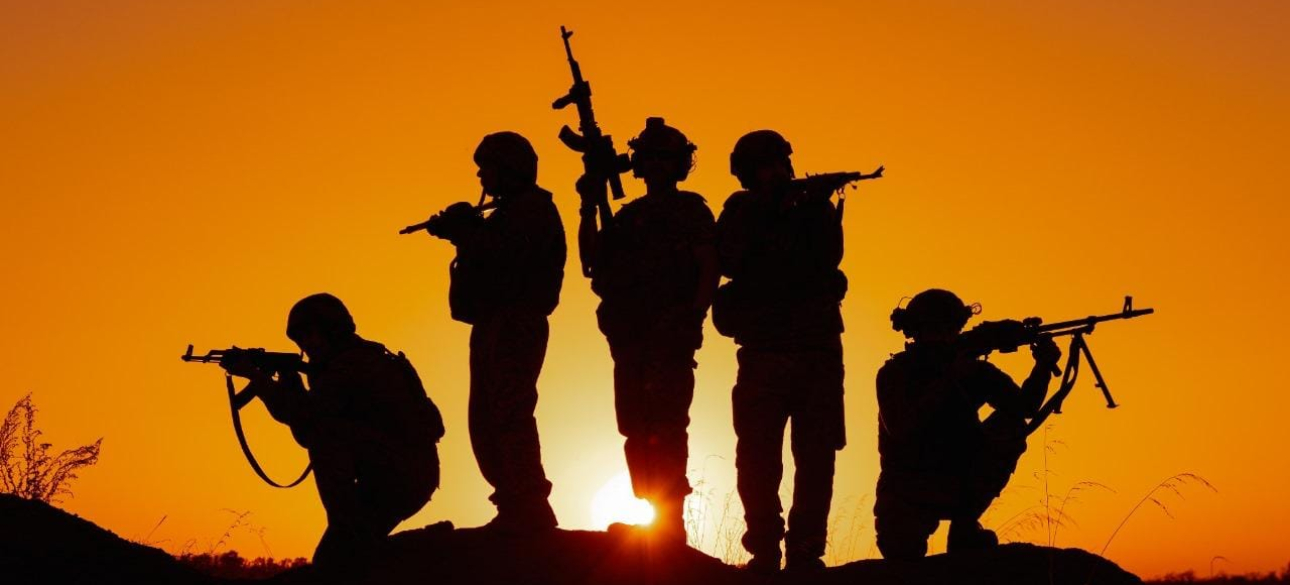
 By Victor Duda
By Victor Duda
But so far I will try to predict tomorrow in today's situation. They went. 1. Financing of war. Well, the easiest way to analyze is money. They are not enough to continue the war of such intensity. This is probably the simplest factor to analyze. Because there is not enough money in the budget. And this has already begun to reflect on the financing of the Armed Forces of the Russian Federation. Cash assistance for signing a contract in the regions of the Russian Federation has stopped or decreased.
And given the fact of underfunding of regions this year, this trend will only spread. This means that there will be fewer contracts, they will "buy" less people to throw in meat assaults. Now they will still throw in the battles, but it will still not close the needs of the front. 2. The quality of personnel. According to the same Russian analytics, the average age of the Russian fighter has grown strongly. The "youngest" warehouse was in 2022, when it fought partially the "contract" army.
23-24 years old age began to increase gradually, but was still between 30-40. Well, it is clear, Zeks, contractors, there was a relatively adequate physically contingent. Now even Russian warships say that the average age of the Russian fighter is far in 40 years. And to actively storm such fighters, if the trend continues, then few will be on motorcycles in the assault to walk under drones. 3. Reduction of the volume of the Russian Security Service of the Russian Federation.
It is also interesting here. As we remember, the power of the Russian Security Service of Ukraine is based on "immense" storage bases since the Soviet Union. But with every iteration, the technique from the bases was taken away in a better condition, and money was increasingly needed to restore one unit.
Now we have reached the stage that the volume of MIC is falling, that is, the volume of equipment for the front will begin to fall, and given that all the most combatant is already elongated - it is very falling. And in order to maintain the active stage of hostilities, it takes a lot of equipment. Or, like grandparents, enter the equestrian and drainage transport. 4. Active stage for the summer. This is a specific time of year.
On the one hand, you can send small groups to our positions, and these landings will close the enemy personnel from the drones, but on the other hand, it is the weather where drones fly far, see far and promptly awareness in sectors at a fairly high level. They can squeeze meat storms on planting, but it is difficult to hide some high concentration for a big offensive. And this means that the loss of the enemy will be at least less than before.
In winter, the Armed Forces of the Russian Federation actively use bad weather to storm. This will now be more difficult. 5. Possibilities of destruction of equipment and personnel. There is also a marginal possibility of destruction of enemy personnel that the Armed Forces have today. It is 1000-1500 piggs per day. And this plus minus is objective today, because all these lesions with confirmation are recorded in the Delta and all these data are checked.
That is, if there is inaccuracy somewhere, then it is small. This is not enough for the active phase of today, because in order to stabilize the front, our capabilities must be somewhere at the level of destruction of 2000-3000 enemy personnel during active action. Well, what to do, we first blew up the UAV units, sending people to the infantry, then HU . . . They dug into the infantry units that were thrown into battle without the necessary means.
But then, common sense, and began to projections on the scale of the UAV units. And that gave the result (unexpectedly, what I said a year and a half ago - was true. That's the strategic sergeant). This process is now developing further, little, but goes forward. And the enemy still goes forward, because they are more than can destroy our drones. But if their number is reduced to a level when we will destroy more than it can break through the LBZ-then it will give a status quo.
In order to return the initiative on the battlefield, it is necessary to maintain the number of personnel at the present level or even more (because our units are developing, their capabilities too). And given the above factors - I do not think it is real. 6. What will happen next if the front line stabilizes? The formation of the "gray zone" will begin. We have a little infantry on the line. So will the Russians. And in general, you cannot keep a lot of infantry under the drones on the line.
I think an area of 4-8 km will form, which will become steady over time. Both sides will try to fly further, affect the targets at greater distances, but the overall intensity will fall. The infantry will start digging better, it will be time to arrange positions, there will be a more active mine of dangerous destinations. This does not mean that our cities will be less fired and that the parties will stop causing serious harm to each other, but the war will change.
I think this stage will start closer to the end of the year. We need to focus that our damage is over long distances (dipstraks, midlstraks) becomes as painful as possible. Somewhere then, I think, will start the negotiation window. Further, it all depends on the economic situation in the Russian Federation by the end of the year and the desire of the Russian Federation to deal with the Baltic countries.
NATO is now in a state of state, and the invasion of there will give greater dividends than to lose a bunch of people in the Donetsk direction without strategic results. But this is another story. Our strategy now is to keep, wait for the moment when we have a debit in the ratio of the number of enemy/means of damage to the Armed Forces.
We must admit that general fatigue and Russian propaganda draw a picture that we all have bad, worse than them, but it is really their last jerk, on which they put everything. But they are blown up a little, not us. And every month this trend will continue. There is a lot of work, but light at the end of the tunnel has already begun to appear, and this period must be finalized. And this is a real task for us. The author expresses a personal opinion that may not coincide with the editorial position.


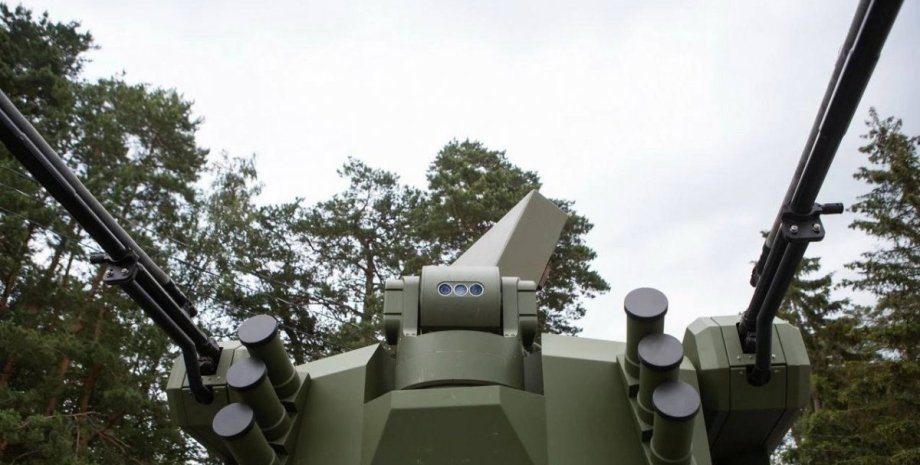
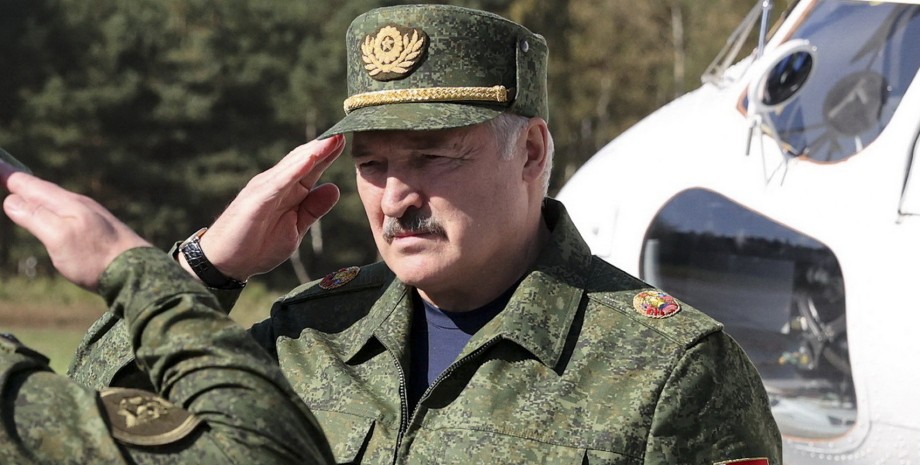
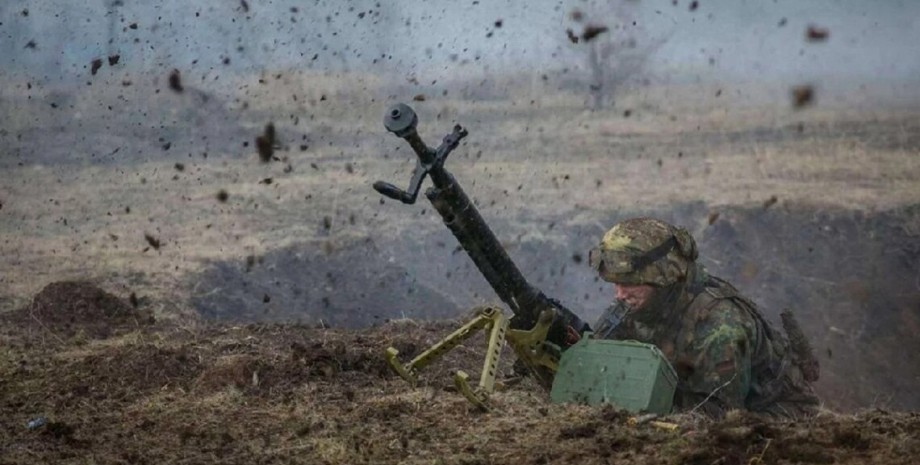

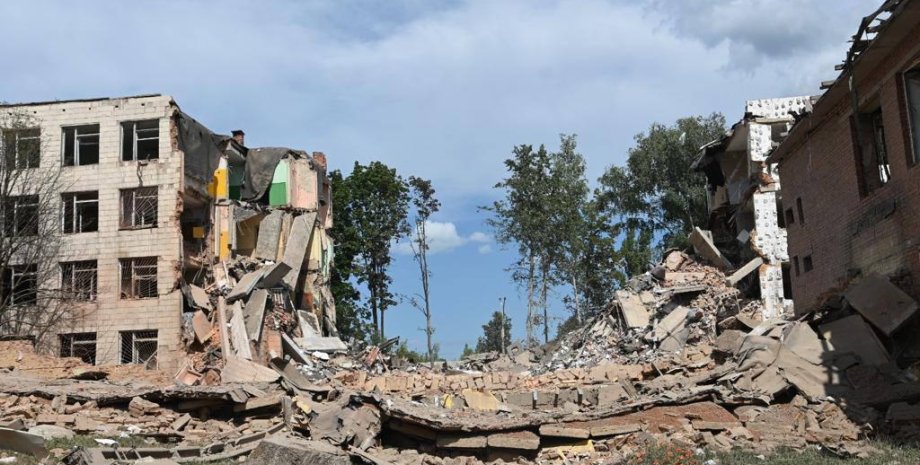
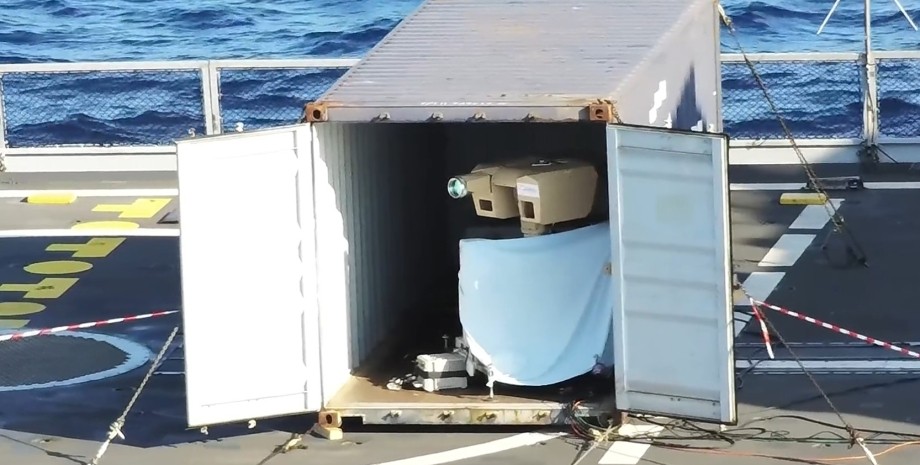
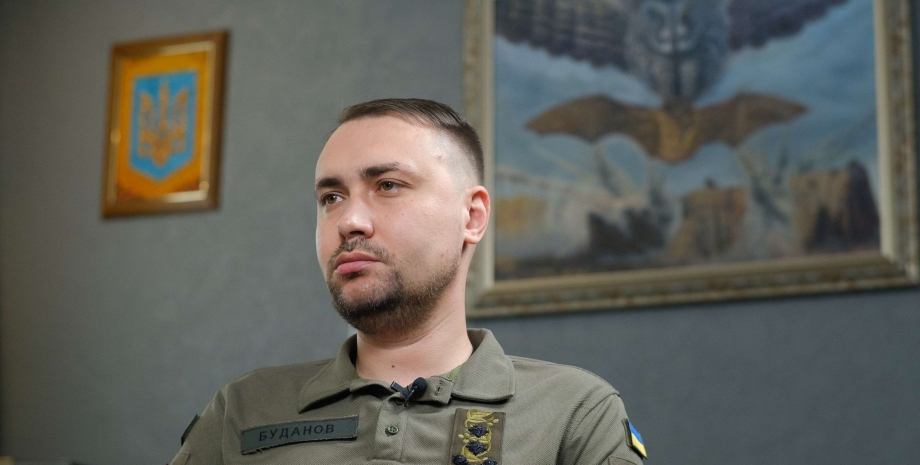
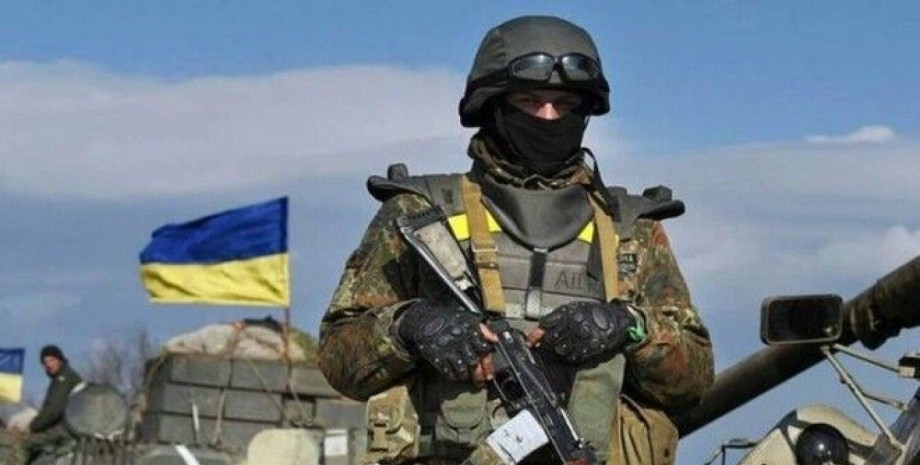
All rights reserved IN-Ukraine.info - 2022